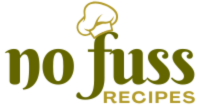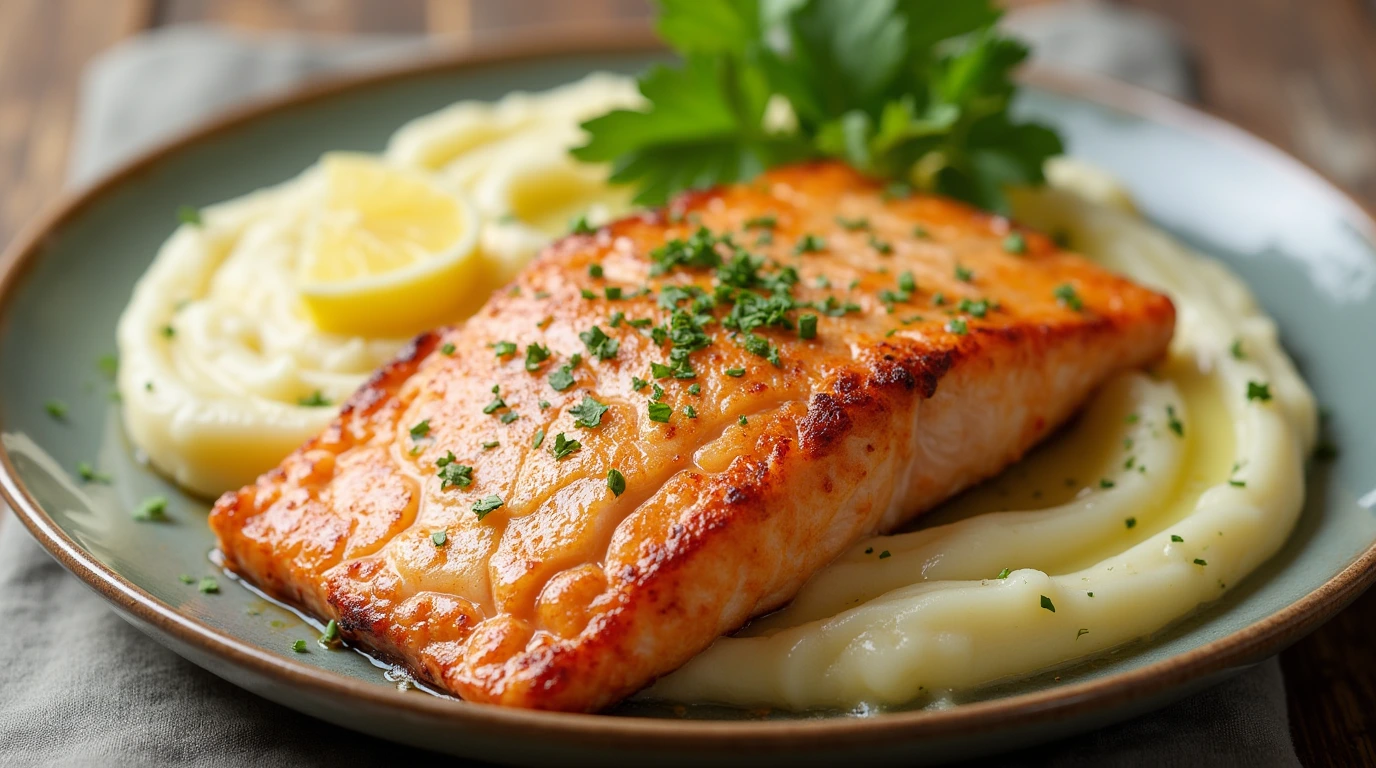Introduction
Salmon and mashed potatoes is a timeless combination that perfectly balances the richness of flaky fish with the smooth, buttery texture of mashed potatoes. This dish is not only a comforting classic but also a nutritious meal packed with protein and essential nutrients. Whether you’re preparing a cozy weeknight dinner or an elegant meal to impress guests, mastering this dish is simple and rewarding. In this guide, we’ll walk you through expert techniques to ensure your salmon is cooked to perfection and your mashed potatoes are irresistibly creamy. From selecting the finest ingredients to presenting your dish like a professional chef, you’ll find everything you need to create a truly memorable meal.
Why You’ll Love This Dish
- Nutritious & Delicious: Packed with protein, healthy fats, and vitamins.
- Easy to Make: Simple steps with minimal effort.
- Perfect for Any Occasion: Whether it’s a family meal or a dinner party, it’s always a hit.
Ingredients for Salmon and Mashed Potatoes
| Ingredient | Quantity |
|---|---|
| Salmon fillets | 2 (6 oz each) |
| Olive oil | 2 tbsp |
| Garlic powder | 1 tsp |
| Lemon juice | 1 tbsp |
| Salt | To taste |
| Black pepper | To taste |
| Yukon gold potatoes | 4 medium-sized |
| Butter | 3 tbsp |
| Heavy cream | 1/2 cup |
| Fresh parsley (for garnish) | 1 tbsp, chopped |
How to Make Salmon and Mashed Potatoes
Step 1: Choosing the Best Ingredients
Selecting the right ingredients is the key to making a delicious and well-balanced salmon and mashed potatoes dish. Here’s what to look for:
- Salmon: Opt for fresh, wild-caught salmon for the best flavor and nutritional value. Look for fillets with vibrant color and firm texture.
- Potatoes: Yukon Gold potatoes are ideal for creamy mashed potatoes due to their naturally buttery texture. Russet potatoes also work well for a fluffier consistency.
- Butter & Cream: Use high-quality unsalted butter and full-fat cream to achieve rich, silky mashed potatoes. If you prefer a lighter version, substitute with whole milk or Greek yogurt.
- Seasonings & Aromatics: Garlic powder, salt, and black pepper enhance the natural flavors of both the salmon and the potatoes. Fresh herbs like parsley or chives add a pop of freshness.
- Olive Oil & Lemon: A drizzle of extra virgin olive oil keeps the salmon moist, while fresh lemon juice brightens the overall dish.
- Salmon: Opt for fresh wild-caught salmon for the best flavor and texture.
- Potatoes: Yukon Gold potatoes are ideal for creamy mashed potatoes.
- Butter & Cream: Use high-quality unsalted butter and full-fat cream for richness.
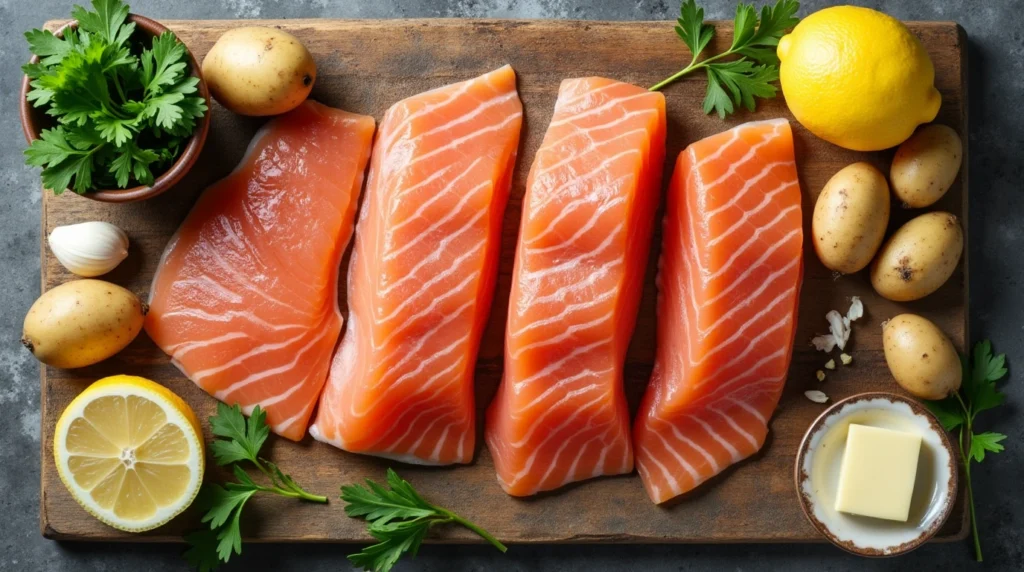
Step 2: Preparing the Mashed Potatoes
Making the perfect mashed potatoes requires proper preparation and the right balance of ingredients. Follow these steps to ensure a creamy and flavorful result:
- Peel and Cut: Start by peeling the potatoes and cutting them into evenly sized chunks to ensure even cooking.
- Boil Until Tender: Place the potatoes in a large pot, cover with cold salted water, and bring to a boil. Cook for about 15 minutes or until they are fork-tender.
- Drain and Mash: Drain the potatoes thoroughly and return them to the pot. Use a potato masher, ricer, or hand mixer for a smoother consistency.
- Add Butter and Cream: Incorporate butter and heavy cream while the potatoes are still warm. This helps them absorb the flavors more effectively.
- Season to Taste: Add salt and black pepper to enhance the flavor. You can also mix in garlic powder or fresh herbs for extra depth.
- Keep Warm: Cover the mashed potatoes and keep them warm until serving. If they thicken too much, stir in a splash of warm milk or cream before serving.
- Peel and cut the potatoes into even chunks.
- Boil in salted water until fork-tender (about 15 minutes).
- Drain and mash using a potato masher or hand mixer.
- Add butter, heavy cream, salt, and pepper. Mix until smooth and creamy.
- Set aside and keep warm.
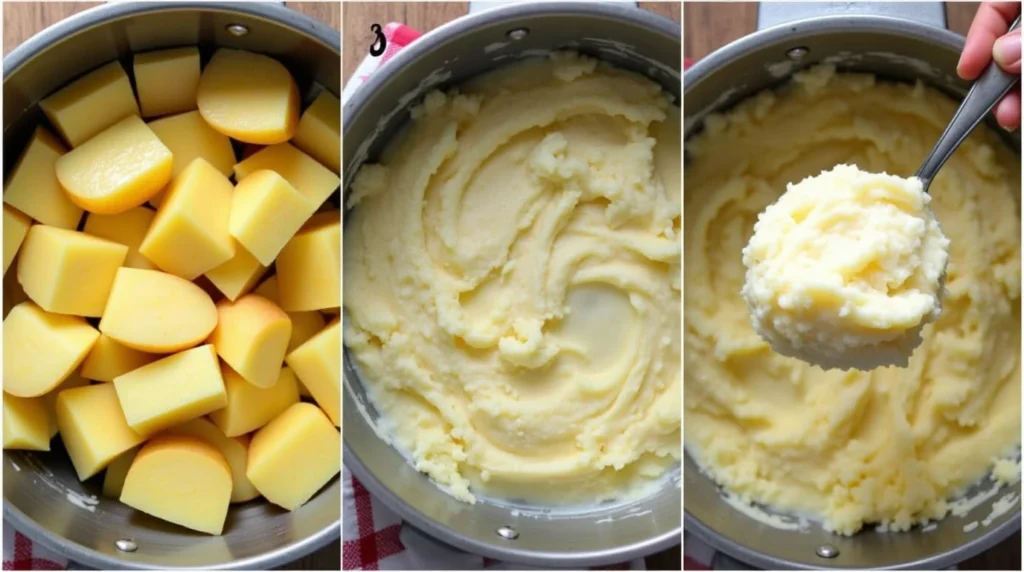
Step 3: Cooking the Salmon
Cooking salmon correctly ensures a flavorful and moist result. Here are two excellent methods:
- Preheat and Season: Preheat your oven to 400°F (200°C) or heat a skillet over medium-high heat. Pat the salmon fillets dry with a paper towel, then season them generously with salt, black pepper, garlic powder, and a splash of lemon juice for brightness.
- Choose Your Cooking Method:
- Pan-Seared Salmon: Heat olive oil in a skillet over medium-high heat. Place the salmon skin-side down and cook for about 3-4 minutes until the skin is crispy. Flip and cook for another 3-4 minutes until golden brown and flaky.
- Baked Salmon: Line a baking sheet with parchment paper, place the salmon fillets skin-side down, drizzle with olive oil, and bake for 12-15 minutes until fully cooked and flaky.
- Check for Doneness: The salmon is done when it easily flakes with a fork and reaches an internal temperature of 145°F (63°C).
- Rest the Salmon: Let the cooked salmon rest for a couple of minutes before serving to lock in the juices and ensure the best texture.
- Preheat oven to 400°F (200°C) or heat a skillet over medium-high heat.
- Pat salmon dry and season with salt, pepper, garlic powder, and lemon juice.
- For Pan-Seared Salmon: Heat olive oil in a skillet, cook salmon for 3-4 minutes per side until golden brown.
- For Baked Salmon: Place salmon on a baking sheet, drizzle with olive oil, and bake for 12-15 minutes.
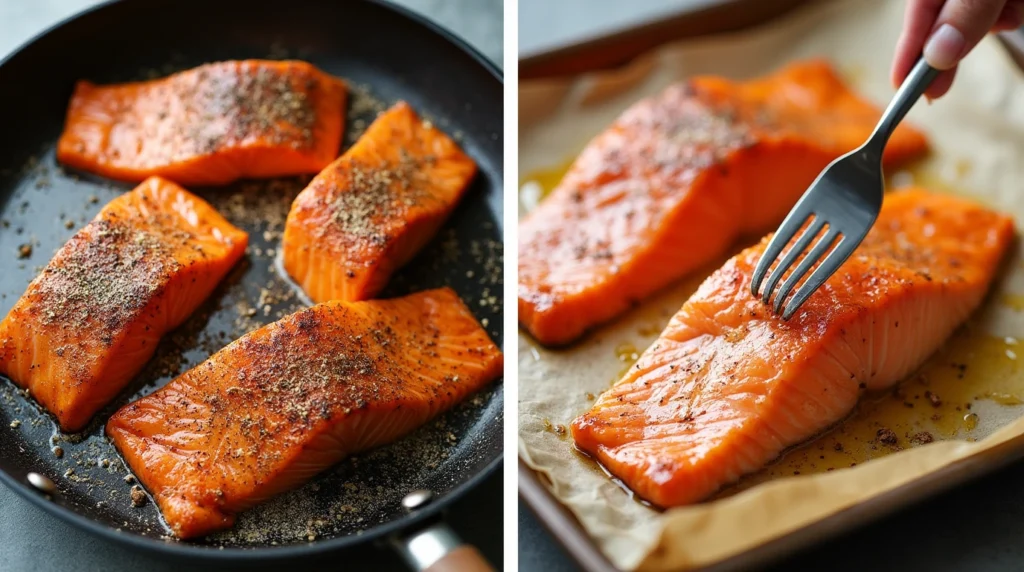
Step 4: Plating and Serving
- Spoon mashed potatoes onto a plate.
- Place salmon on top or beside the potatoes.
- Garnish with fresh parsley and an extra squeeze of lemon juice.
Variations and Additions
- Garlic Butter Salmon: Cook salmon with garlic butter for an extra layer of flavor.
- Herbed Mashed Potatoes: Add chives, thyme, or rosemary for a gourmet touch.
- Roasted Vegetables: Serve with asparagus or Brussels sprouts for added nutrition.
Nutrition Facts
Understanding the nutritional value of your meals can help you make informed dietary choices. Here’s a breakdown of the key nutrients in a serving of salmon and mashed potatoes:
| Nutrient | Per Serving |
|---|---|
| Calories | 450-500 kcal |
| Protein | 40g |
| Carbohydrates | 30g |
| Fat | 25g |
| Fiber | 4g |
| Omega-3 Fatty Acids | 1.5g |
| Vitamin D | 15% DV |
| Iron | 10% DV |
Salmon is an excellent source of omega-3 fatty acids, which support heart and brain health, while mashed potatoes provide a good amount of energy and essential vitamins. For a lighter version, you can opt for lower-fat dairy options or swap butter with olive oil.
Conclusion
By following the step-by-step guide outlined above, you’ll be able to achieve perfectly cooked salmon with irresistibly creamy mashed potatoes every time. Feel free to experiment with different seasonings, side dishes, and garnishes to make the dish your own.
Give this recipe a try, and let us know how it turns out! Happy cooking!
